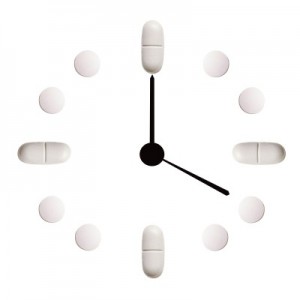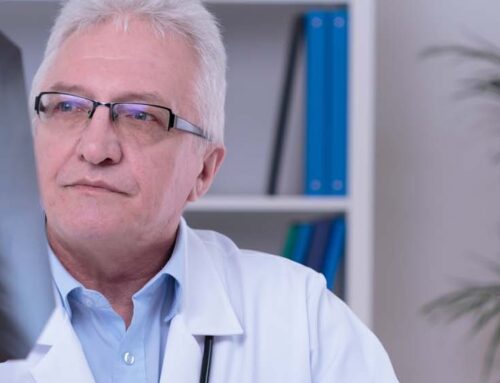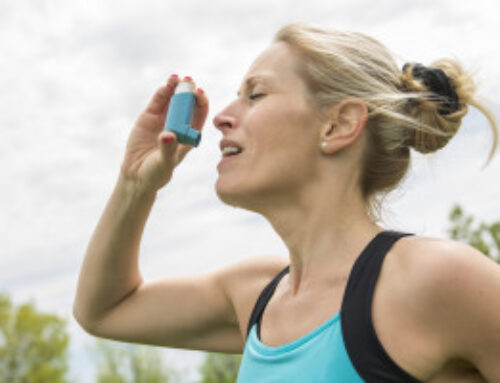 This week the FDA has approved a tiny sensor sealed in a pill. It sounds like science fiction, but this sensor is actually swallowed like a medication. This amazing miniature, multi-talented device will report vital signs to your doctor. It will also register that you have taken your medications on schedule.
This week the FDA has approved a tiny sensor sealed in a pill. It sounds like science fiction, but this sensor is actually swallowed like a medication. This amazing miniature, multi-talented device will report vital signs to your doctor. It will also register that you have taken your medications on schedule.
Originally named “The Ingestion Event Marker” system, the little transmitter itself is smaller than a grain of sand, and it is housed in a small pill. As you might guess in this digital age, it makes its reports to a smart phone. Read more information at this link. Proteus Digital Health makes the sensor, and it was was approved for use in Europe in 2011.
The power source for the little transmitter is the actual digestive juice in the stomach. The system is actually made up of three parts: the transmitter pill, the app for the smart phone, and a skin sensor that resembles a Band-aid.
Patients take their drugs along with the “smart pill,” an extra tablet that is actually embedded with the tiny edible sensor. The sensor sends back information to a receiver through a patch worn on the shoulder or arm and forwards it to the smartphone. Health care professionals can then retrieve and analyze the data.
An Integrated System:
This message tracks the time, dose and the specific drugs taken, as well as monitoring heart rate and body temperature. It also alerts a patient that the next dose is due. It can even record whether the patient is sleeping or exercising.
Who Will Benefit From A “Smart” Pill?
 l. Older patients, in particular, might require five or more different pills at a time, three times a day, for a heart condition. The sensor device tells the doctor and healthcare givers that these patients are remembering to take their proper doses.
l. Older patients, in particular, might require five or more different pills at a time, three times a day, for a heart condition. The sensor device tells the doctor and healthcare givers that these patients are remembering to take their proper doses.
2. British experts say that 50 % of such patients do not take their medication properly.
3. In the case of any patient with a complicated medication regime, the reminder feature would be of great benefit. The pill is made is made from food ingredients that react with stomach fluids. The signal is sent to the skin mounted patch. (Learn more by clicking here.)
How It Works:
“Once the ingestible sensor reaches the stomach, contact with stomach fluid allows the communication of a unique signal that determines identity and timing of ingestion.” This is not a “spy,” pill. It is used only with the patient’s consent. Only then is the information accessible by caregivers and clinicians.
The Proteus ingestible sensor is expected to be available in Septem ber 2012. Read more details here.
Proteus has collaborated with the FDA since 2008 to achieve approval for this instrument which opens a new category of medical device and patient care.
Dr. George M. Savage, co-founder and chief medical officer at Proteus Digital Health stated, “We are thrilled to have achieved this important milestone to market our ingestible sensor in the United States now, as well as in Europe.” He added,“We are very much looking forward to bringing the benefits of our ingestible sensor to the American public in the form of innovative product offerings.”
“The FDA validation represents a major milestone in digital medicine. Directly digitizing pills, for the first time, in conjunction with our wireless infrastructure, may prove to be the new standard for influencing medication adherence and significantly aid chronic disease management,” said Dr. Eric Topol, professor of genomics at The Scripps Research Institute. Check out more comments by clicking here.
Between such inventions as this, and the simple “Clean Air App” we recently reported, we of the Florida Lung, Asthma and Sleep Specialists believe we live at the threshold of the “Digital Age” in medicine. (If you missed that story, click here.) The health care ramifications of that little smartphone in your pocket might remind us of Disney’s “Tomorrow, Morrow Land,” but this tiny pill creates one small step toward a giant stride for human caregiving.
From breaking news to background references, you can count on the Lung Doctors to bring you cutting edge information from the the world of medicine. We enjoy bringing these stories to you and we hope you will share them on your social network.





